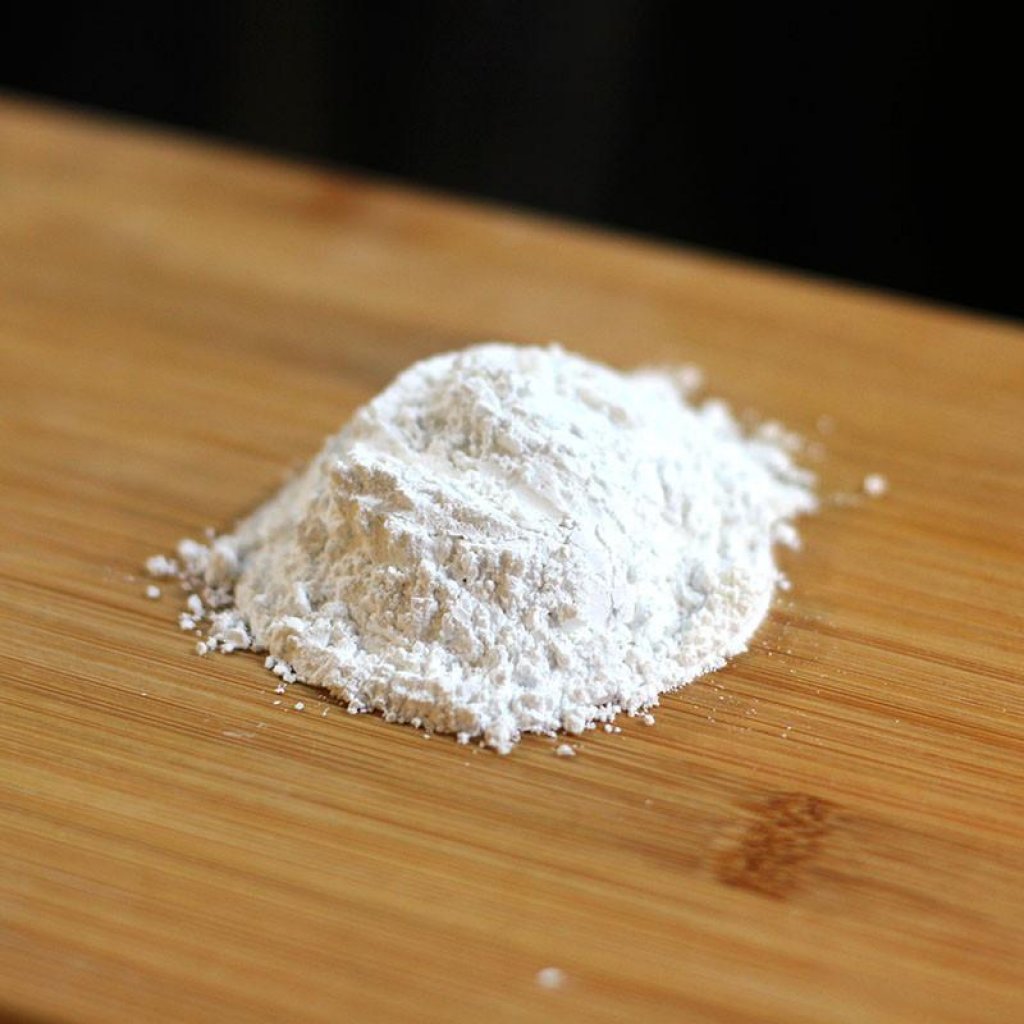6 crystal forms of calcium carbonate

Calcium carbonate can be divided into cubic, spindle, chain, spherical, flake, needle, etc. according to the crystal form. Different forms of calcium carbonate have different application fields and functions.
Therefore, in order to meet the needs of various industries for different crystalline calcium carbonate products, it is necessary to use crystal form control methods to control the crystallization process of calcium carbonate to produce products with different crystal forms.
1. Cubic calcium carbonate
The so-called cubic refers to calcium carbonate whose crystals are shown as cubes under transmission electron microscope.
Industrial production shows that in the process of producing sodium calcium carbonate using low-temperature technology, without adding any crystal form control agent, controlling the carbonization temperature can obtain a cubic calcium carbonate product. The crystal structure of precipitated calcium carbonate depends largely on the temperature at which it is formed. As long as the temperature at which the crystal nucleus is formed is lower than 30°C, it can be carbonized into cubic calcium carbonate.
2. Rose-shaped and spindle-shaped calcium carbonate
Rose-shaped and spindle-shaped calcium carbonate are generally used in papermaking, rubber, plastic, coating and other industries, especially in high-grade cigarette paper, which can improve the combustion performance and air permeability of cigarette paper.
The main method of producing spindle-shaped calcium carbonate in my country is: at room temperature, the concentration of lime milk is controlled at about 35% (weight ratio), and 30-40% (volume ratio) of CO2 mixed gas is introduced into the reactor for carbonization. The carbonization process is carried out at room temperature. Due to the exothermic reaction, the temperature of the reactor rises from room temperature to about 75°C. The morphology of the product is mainly spindle-shaped, and the particle size is generally a few microns.
3. Chain calcium carbonate
Chain-shaped ultrafine calcium carbonate is composed of several to dozens of fine calcium carbonate grains connected to each other, and has a chain structure. With different synthesis conditions, there will be different particle sizes and aspect ratios.
Chain-shaped ultrafine calcium carbonate has excellent reinforcing effect on natural rubber and synthetic rubber. As reinforcing filler, it can partially replace carbon black or white carbon black, greatly reducing production costs. In addition, chain-like ultrafine calcium carbonate is used as an additive in the coating, papermaking, and plastic industries, showing excellent performance and having broad application prospects.
There are many reports on the synthesis of chain-like calcium carbonate, but the general method is to add a crystal shape controller to control the growth of the crystal nucleus when the Ca (OH) 2 suspension becomes a viscous colloidal emulsion halfway during the carbonization process. The main crystal shape controllers are magnesium salts, potassium salts, sodium polyphosphates, water-soluble metal salts and chelating agents.
4. Spherical calcium carbonate
Due to its good smoothness, fluidity, dispersibility and wear resistance, spherical nano calcium carbonate is widely used in rubber, coating paint, ink, medicine, toothpaste and cosmetics.
Spherical calcium carbonate is usually prepared by low-temperature reaction of calcium salt and carbonate in a concentrated alkaline solution. The main crystal shape controllers are magnesium salts, potassium salts and sodium polyphosphate.
5. Flake calcium carbonate
Flake calcium carbonate is suitable for the papermaking industry and can produce paper with excellent ink absorption, whiteness, printability and smoothness. As a filler and reinforcing agent, flake calcium carbonate has high smoothness, gloss, resistivity and elastic coefficient in the mixture due to its unconventional arrangement.
When flake nano calcium carbonate is used for coated paper pigment, it shows good fluidity and dispersibility, and has better gloss and smoothness than ordinary spindle PCC light calcium carbonate.
6. Needle calcium carbonate
Needle calcium carbonate has a large aspect ratio. It can greatly improve the impact resistance and bending strength of plastics when used as a filler for plastics; the reinforcement effect is more significant when used in rubber.
